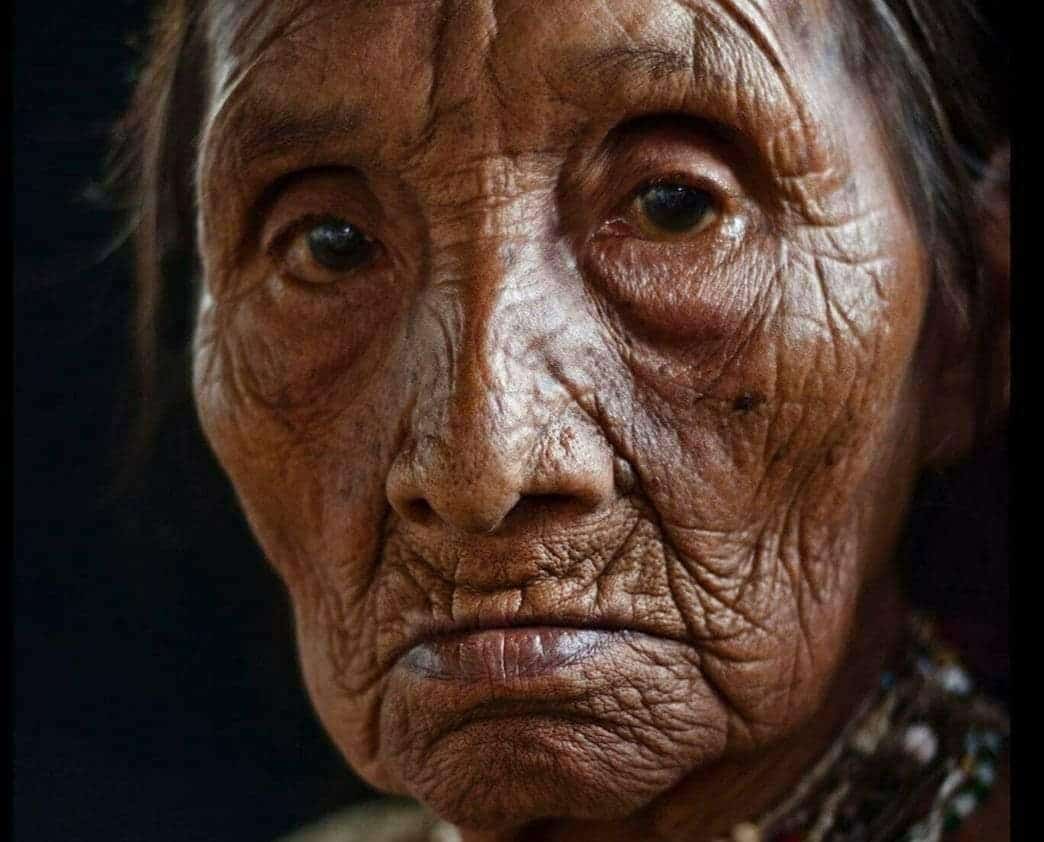The Cabécar people have a rich and complex history. They are one of the indigenous groups of the Talamanca region in eastern Costa Rica. Their history is deeply intertwined with the broader history of the Chibchan-speaking peoples, who have inhabited parts of Central America for thousands of years.
Early History
The Cabécar, along with other Chibchan-speaking groups, are believed to have originated in the Talamanca mountain range, which spans present-day Costa Rica and Panama. Over time, they migrated and settled in various regions, maintaining their distinct language and cultural practices.
Spanish Colonization
During the Spanish colonization in the 16th and 17th centuries, the Cabécar, like many other indigenous groups, faced significant challenges. The Spanish attempted to subjugate and convert them, but the Cabécar largely resisted these efforts, retreating further into the remote mountainous regions to preserve their way of life.
Modern Era
In the modern era, the Cabécar have continued to maintain their traditional practices and language. They live in several reserves established by Costa Rican law in 1976 to protect their ancestral lands. These reserves are located in ecologically diverse areas, including tropical rainforests and river valleys, where many Cabécar still practice traditional subsistence farming and cultural rituals.
Making a Living
The Cabécar people primarily sustain themselves through traditional subsistence activities. Here are some key aspects of their livelihood:
Agriculture
Small-scale farming: They grow crops such as corn, beans, bananas, and tubers. These crops are mainly for their own consumption.
Hunting and Fishing
Hunting: They hunt wild game in the forests, which provides an important source of protein.
Fishing: Fishing in rivers and streams supplements their diet.
Gathering
Wild flora: They gather wild plants for food, medicinal purposes, and materials for building and crafting.
Craftsmanship
Artisanal crafts: The Cabécar create various traditional items like woven bags, jewelry, and drums. These crafts are often sold to generate income.
Cultural Practices
Cultural tourism: Some Cabécar communities are beginning to engage in cultural tourism, sharing their traditions and way of life with visitors.
These activities not only provide for their basic needs but also help preserve their cultural heritage.
The Cabécar people do use some modern technology, though it is often adapted to fit their unique cultural and environmental context. Here are a few examples:
Communication
Radio Networks: The Cabécar community has established local radio networks to facilitate communication across their remote and dispersed settlements.
Digital Platforms: They have developed digital platforms to archive and share knowledge, particularly focusing on women’s wisdom and cultural practices.
Education and Cultural Preservation
Internet Access: Some initiatives aim to provide internet access to help younger generations connect with their cultural heritage and language.
Community Networks: Projects like Kakabalo (a community network of walkie-talkie radios) and Okamasuei (a digital knowledge platform) are designed to strengthen cultural identity and leadership among Cabécar women.
Challenges and Adaptation
Selective Use: The Cabécar are cautious about integrating technology, ensuring it aligns with their values and does not disrupt their traditional way of life.
These efforts highlight how the Cabécar are negotiating the use of modern technology to support their community while preserving their cultural heritage.






